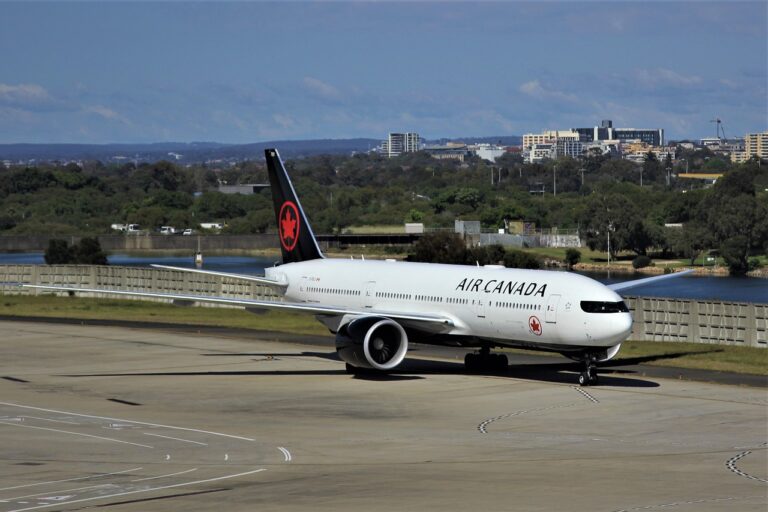Air Canada has completed the installation of a new scientific instrument for air quality and climate monitoring on its Airbus A330 aircraft, with support from the UK’s National Centre for Atmospheric Science (NCAS).
The compact probe device, permanently fitted near the flight deck on the aircraft, will provide key data for the In-service Aircraft for a Global Observing System (IAGOS) program.
The Air Canada Airbus A330 is set to provide observation data from the North Atlantic and Arctic regions. On routine flights between Canada and Europe, it will measure a range of parameters including ozone, water vapor, greenhouse gases, reactive gases, aerosols and clouds.
The IAGOS program combines the expertise of scientific institutions with the infrastructure of civil aviation to provide essential data on climate change and air quality at a global scale. Commercial aircraft provide an ideal platform for climate and air quality observations, as they can efficiently collect samples at high altitudes where making measurements is otherwise challenging.
After each flight, the measurement data is automatically transmitted to the central database of the Centre National de la Recherche Scientifique research center in France. In addition to IAGOS, the data collected by Air Canada will help inform the Government of Canada’s Department of Environment and Climate Change Canada.
Dr Hannah Clark, IAGOS executive secretary, said, “After a few days in operation, the Air Canada aircraft has already detected exceptional levels of carbon monoxide over eastern Canada emanating from the intense wildfires in Alberta. Scientists will use these data to understand the impact of events like this on the atmosphere, on air quality and ultimately on climate.”
IAGOS is working with airlines worldwide, enabling the validation of global climate models and providing researchers around the world with near-real-time data in an open-source manner. The research findings are freely accessible and currently used by around 300 global organizations.
For more on climate measurement, please click here.



